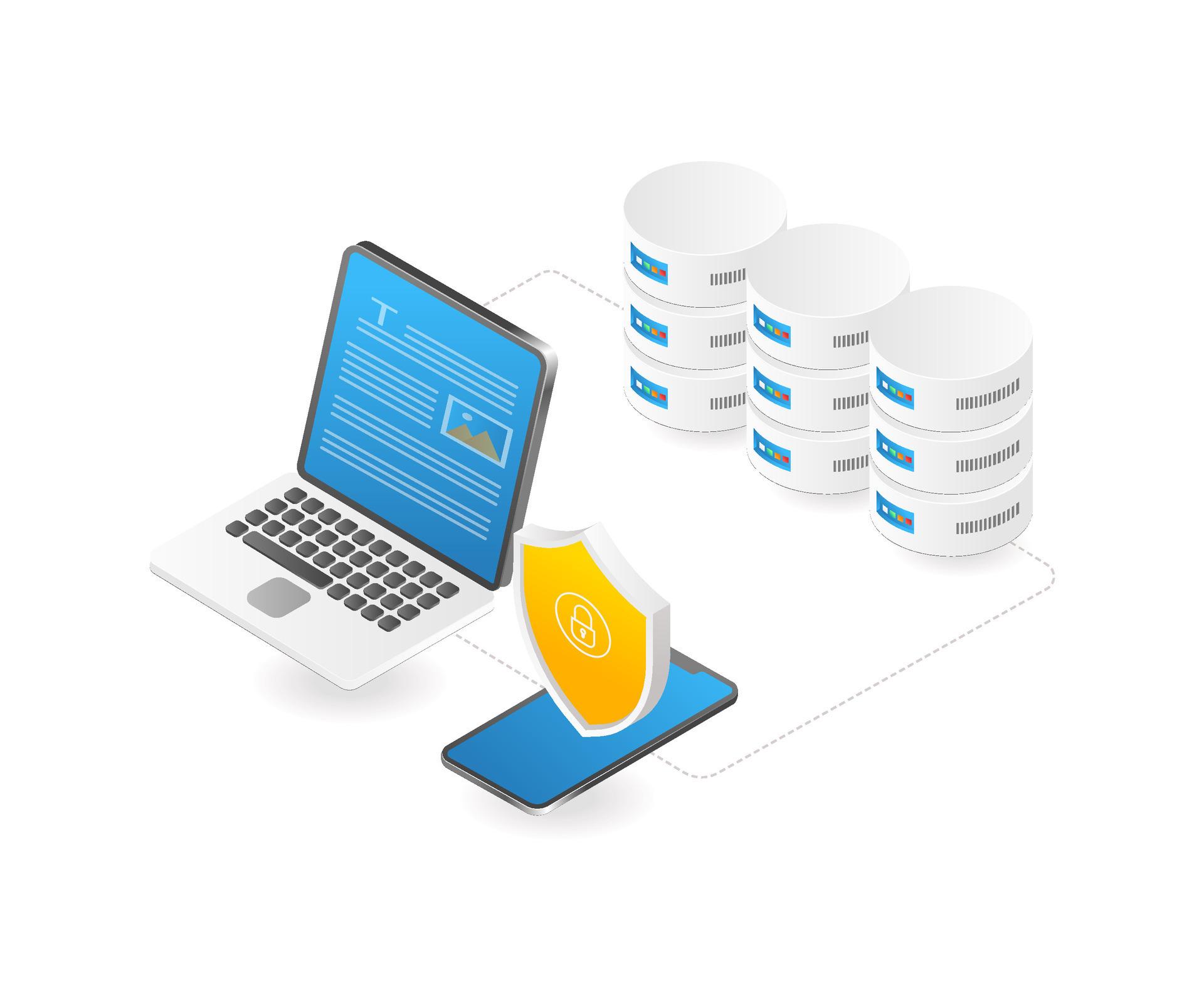5 Reasons to Choose Flutter for Mobile App Development

What is Flutter?
Flutter is an open-source UI (User Interface) software development toolkit created by Google. It is used to build natively compiled applications for mobile, web, and desktop from a single codebase. Introduced in 2017, Flutter has gained significant popularity among developers due to its ability to create high-quality, performant, and visually attractive applications.
Developers are always seeking cutting-edge tools and frameworks to build powerful solutions for various challenges. Flutter, introduced by Google in the realm of custom mobile app development, has gained significant attention for its user-friendly nature and outstanding capabilities.
How does Flutter work?
Flutter operates through a multi-layered architecture that allows for streamlined cross-platform app development. At its core lies the Dart VM (Virtual Machine) hosted by the Shell, offering a unified platform that grants access to native platform APIs. This consolidated approach eliminates the need for maintaining separate codebases for various platforms, enhancing development efficiency.
The engine forms another crucial element of Flutter, encompassing components like the Dart Runtime, Skia (a 2D rendering engine), and Platform Channels. These components work cohesively to facilitate seamless interaction with the device's native functionalities while ensuring consistent performance across different platforms.
The Flutter framework serves as the primary interface for developers, providing a comprehensive set of tools and resources necessary for app creation. It comprises ready-made themes and widgets, all coded in Dart. By utilizing Dart, Flutter bypasses the need for complex JavaScript bridges commonly used in other frameworks, compiling the program ahead of time into the native code language of the platform, thus optimizing performance and enhancing speed.
The inclusion of pre-designed themes and widgets in Dart simplifies UI development, allowing developers to construct visually appealing interfaces efficiently. Flutter's rendering pipeline ensures a smooth user experience by updating the interface at a consistent 60 frames per second (fps), resulting in fluid and responsive UIs across various devices and operating systems. This comprehensive architecture underscores Flutter's capability to deliver high-performance applications with visually captivating user interfaces while minimizing the complexities associated with cross-platform development.
5 Reasons to Choose Flutter for Mobile App Development
While Google's support is advantageous, the surge in Flutter's popularity – now a primary choice for cross-platform app development – largely stems from its provision of essential features that were once arduous to implement. Previously, challenges related to performance and maintenance hindered these efforts. However, Flutter has simplified the addition of native capabilities to cross-platform applications. It also offers diverse support options and an impressive capacity to adapt to the evolving demands of custom mobile app development.
Here are the top 5 reasons contributing to Flutter's integral role in custom mobile app development:
- Rapid Development of High-Performance Apps: Flutter's appeal lies in its efficiency across platforms, expediting the entire custom mobile app development process. Developers can craft a single codebase that functions seamlessly on both iOS and Android ecosystems. The Hot Reload feature permits real-time viewing of code modifications, enabling swift addition of features and bug fixes. Flutter is renowned for building feature-rich apps and boasts an active developer community.
- Cost Reduction: Being an open-source platform, Flutter significantly diminishes development costs, particularly in cross-platform development—a critical aspect for numerous businesses.
- Powerful Applications: Flutter ensures native-like app performance in custom mobile application development. By bypassing intermediary code representation, Flutter directly develops apps into machine code, eliminating bugs and ensuring high-performance applications.
- Versatile Widgets: Developers leverage multiple widgets in Flutter to fortify app development, incorporating desired functionalities seamlessly across various resolutions and screen sizes.
- Enhanced User Interface: Flutter's user-friendly approach facilitates the creation of superior UIs for cross-platform mobile apps, simplifying the development of custom UIs on native platforms. With its extensive toolkit and libraries, Flutter app development offers a gratifying experience, with shared element transitions and transformations enabling the seamless creation of high-performance apps.
These attributes collectively establish Flutter as an outstanding mobile app development platform. If you seek to empower your business with a cross-platform app, feel free to reach out today for a complimentary quote.
Conclusion
Flutter's prominence in mobile app development stems from its unparalleled advantages. Its single codebase, fast development cycles with Hot Reload, expressive UI through widgets, native performance, and extensive community support make it a go-to framework. By harnessing Flutter's power, developers unlock a seamless path to creating innovative, cross-platform applications poised for success in the dynamic mobile landscape.


